Everyone needs fats. That’s right. Your body needs a certain amount of fat to provide energy, to maintain healthy skin and hair, to supply what are called “essential fatty acids” that are necessary for health, and to absorb the valuable vitamins A, D, E and K.
Problems arise only when we get too much fat. Fat has been linked to an increased risk of heart disease as well as certain forms of cancer including breast, prostate, endometrium and colon cancer. It has also been suggested that a high-fat diet may contribute to cancer of the pancreas and ovaries. Of course, eating too much fat can also cause obesity, which by itself can lead to high blood pressure, diabetes and other serious health problems.
What to do? Current government guidelines call for Americans to get no more than 30 percent of their daily calories from fat. Read nutrition labels to see how much fat is in the food you’re eating. Decrease how much fat you get from food-called “dietary fat.” And learn about the different forms of at so you can choose wisely.
The “Skinny” on Fats
There are three types of dietary fats: saturated, monounsatured and polyunsaturated fatty acids. Often, a fat will be made up of a combination of these types, but it is categorized by whichever type predominates. For example, olive oil is called a monounsaturated fat but it also contains some saturated fat.
Saturated fats are found primarily in meat and dairy products, for example beef, lamb, pork and cheese. Saturated fats are usually solid at room temperature. However, two vegetable oils-coconut and palm kernel oil-are also saturated fats.
This type of fat has been conclusively shown to raise levels of the type of cholesterol that contributes to heart disease, LDL (low-density lipoprotein) cholesterol.
Unsaturated fats are found primarily in plants and fish. These fats are usually liquid at room temperature. They include monounsaturated fats such as olive oil, peanut oil and canola oil. And polyunsaturated fats such as corn, safflower, soybean, sunflower and sesame oils.
Both types of unsaturated fats may lower cholesterol levels if used in place of saturated fats. Despite this apparent benefit, they are nonetheless fats and therefore still linked to cancer risk, heart disease and obesity.
Some research suggests that monounsaturated fats may be better relative to polyunsaturated fats, but the jury is still out. Unquestionable, either is better for the heart than saturated fat.
The American Heart Association recommends getting less than 10 percent of your daily calories from saturated fat and no more than 10 percent of calories from polyunsaturated fat. The balance of 30-percnet-from-fat-guideline can be made up of monounsaturated fats.
What’s a “Trans” Fat
A manufacturing process known as hydrogenation artificially changes the chemical structure of unsaturated fats to make them more solid and give them a longer shelf life. This process creates something called “trans” fatty acids. Trans fatty acids are found in most margarines and shortening, baked goods such as cookies, cakes and crackers, and foods that are deep-fried in hydrogenated oils, for example French fries.
Trans fatty acids tend to raise cholesterol levels. Yet food labels do not currently require a listing of how much trans fat a product contains. If a label mentions “hydrogenated” or “partially hydrogenated” oil, the product probably contains trans fats.
How can you reduce you fat and still enjoy eating?
- Eat more fruits, vegetables, grains, and legumes (navy beans, green peas).
- Choose beans and fish rather than red meat.
- Look for leaner meats and remove skin from poultry.
- Compare labels. Choose foods with the lowest amounts of saturated and total fat.
- Try healthier cooking methods-broiling, grilling, roasting or baking instead of frying and sautéing.
- Choose low-fat dairy products.
| CHOOSE MORE OFTEN | CHOOSE LESS OFTEN |
| Chicken or turkey | Sausage, salami, hot dogs |
| Ice milk, frozen low-fat yogurt, sorbet | Ice cream |
| Pretzels | Potato chips |
| Skim or 1% milk | Whole milk |
| Vinegar, lemon juice, low-fat salad dressing | Creamy salad dressing |
| Mozzarella cheese | Cheddar, Swiss or American cheese |
| Low-fat or non-fat yogurt | Sour cream |
| Mustard | Mayonnaise |
| Water-packed tuna | Tuna packed in oil |
| Shrimp, crab meat, lobster | Sardines |
